Goodwin M.M.
The second chapter gives a detailed development of the sinusoidal model as a parametric extension of the short-time Fourier transform. This leads to multiresolution sinusoidal modeling techniques in Chapter Three, where wavelet-like approaches are merged with the sinusoidal model to yield improved models. In Chapter Four, the analysis-synthesis residual is considered; for realistic synthesis, the residual must be separately modeled after coherent components (such as sinusoids) are removed. The residual modeling approach is based on psychoacoustically motivated nonuniform filter banks. Chapter Five deals with pitch-synchronous versions of both the wavelet and the Fourier transform; these allow for compact models of pseudo-periodic signals. Chapter Six discusses recent algorithms for deriving signal representations based on time-frequency atoms; primarily, the matching pursuit algorithm is reviewed and extended.
The signal models discussed in the book are compact, adaptive, parametric, time-frequency representations that are useful for analysis, coding, modification, and synthesis of natural signals such as audio. The models are all interpreted as methods for decomposing a signal in terms of fundamental time-frequency atoms; these interpretations, as well as the adaptive and parametric natures of the models, serve to link the various methods dealt with in the text.
Adaptive Signal Models: Theory, Algorithms and Audio Applications serves as an excellent reference for researchers of signal processing and may be used as a text for advanced courses on the topic
Table of contents :
Content: 1. Signal Models and Analysis-Synthesis —
1.1 Analysis-Synthesis Systems —
1.2 Compact Representations —
1.3 Parametric Methods —
1.4 Nonparametric Methods —
1.5 Time-Frequency Decompositions —
1.6 Overview —
2. Sinusoidal Modeling —
2.1 The Sinusoidal Signal Model —
2.2 The Short-Time Fourier Transform —
2.3 Sinusoidal Analysis —
2.4 Time-Domain Synthesis —
2.5 Frequency-Domain Synthesis —
2.6 Reconstruction Artifacts —
2.7 Signal Modification —
2.8 Conclusion —
3. Multiresolution Sinusoidal Modeling —
3.1 Atomic Interpretation of the Sinusoidal Model —
3.2 Multiresolution Signal Decompositions —
3.3 Filter Bank Methods —
3.4 Adaptive Segmentation —
3.5 Conclusion —
4. Residual Modeling —
4.1 Mixed Models —
4.2 Model of Noise Perception —
4.3 Residual Analysis-Synthesis —
4.4 Conclusion —
5. Pitch-Synchronous Models —
5.1 Pitch Estimation —
5.2 Pitch-Synchronous Signal Representation —
5.3 Pitch-Synchronous Sinusoidal Models —
5.4 Pitch-Synchronous Wavelet Transforms —
5.5 Applications —
5.6 Conclusion —
6. Matching Pursuit and Atomic Models —
6.1 Atomic Decompositions —
6.2 Matching Pursuit —
6.3 Time-Frequency Dictionaries —
6.4 Computation Using Recursive Filter Banks —
6.5 Conclusion —
7. Conclusions —
7.1 Signal-Adaptive Parametric Representations —
7.2 Research Directions —
Appendix A —
Two-Channel Filter Banks —
Appendix B —
Fourier Series Representations —
References —
References for Poetry Excerpts.
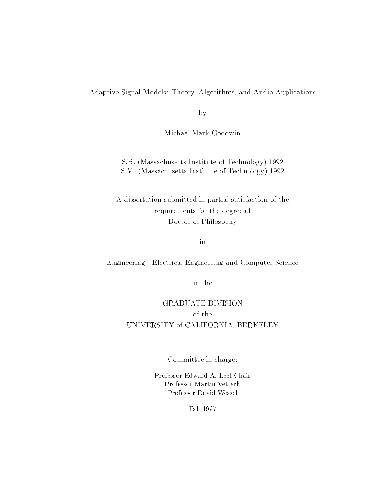

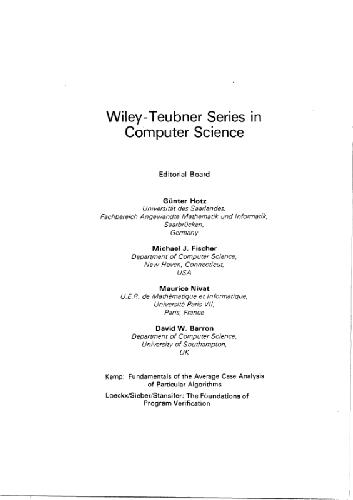
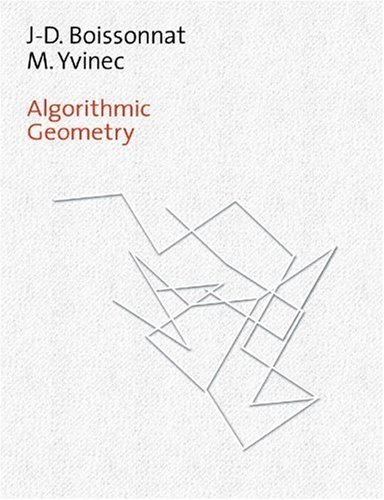
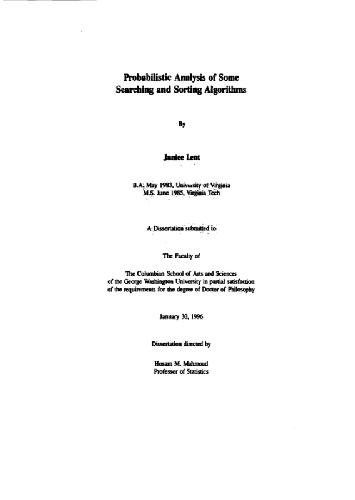
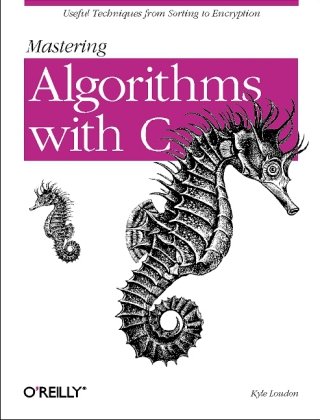
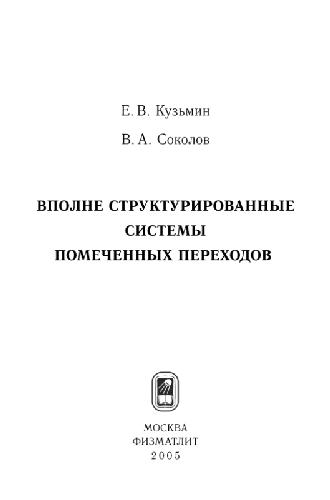
Reviews
There are no reviews yet.